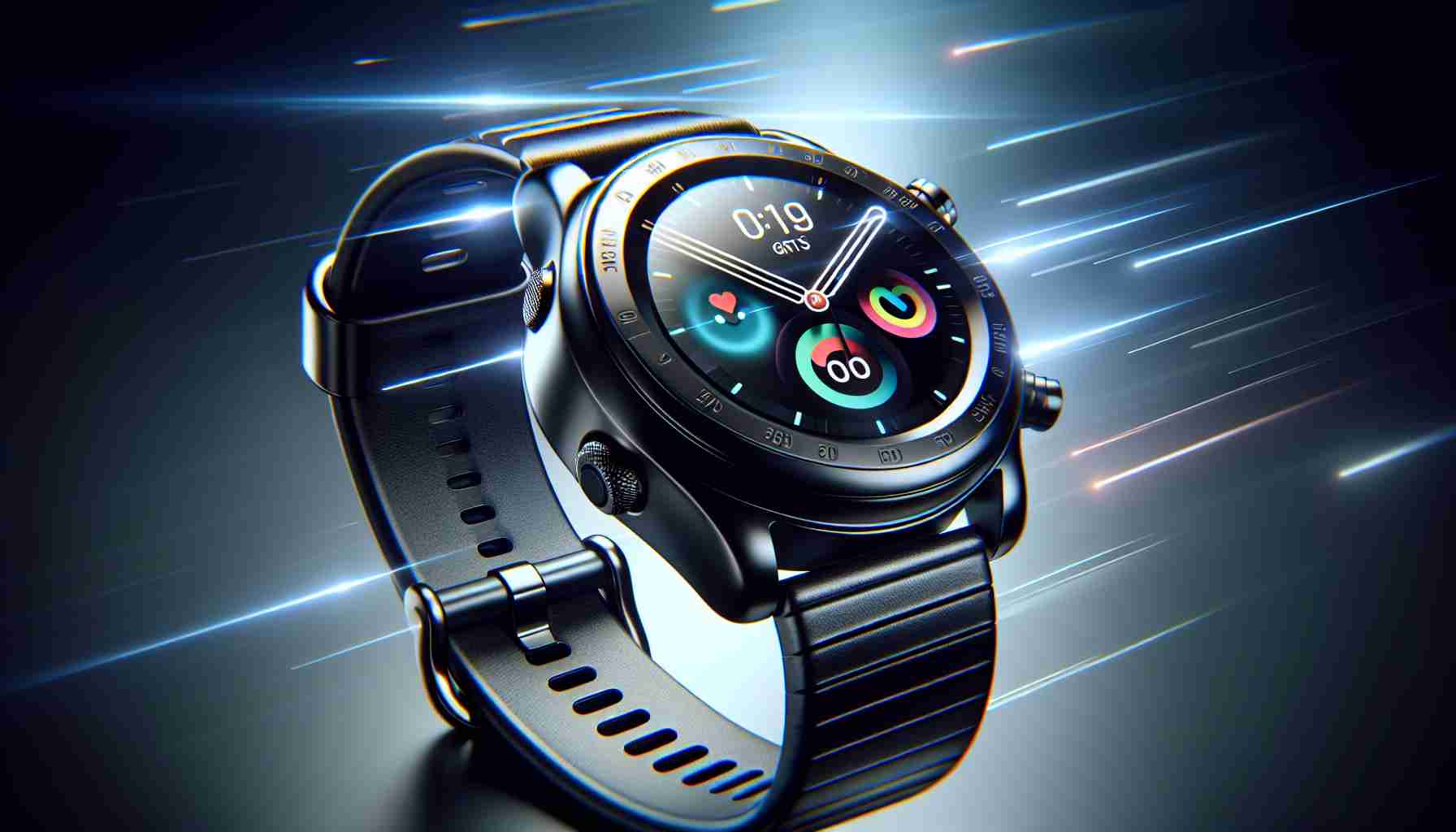The wearable device market has witnessed significant growth in recent years, as consumers increasingly embrace smartwatches and fitness trackers. According to market forecasts, the global smartwatch market is expected to reach a value of $34.2 billion by 2026, with a compound annual growth rate (CAGR) of 19.7% during the forecast period. This surge in demand can be attributed to factors such as the rising awareness of health, technological advancements in wearable devices, and the growing popularity of connected devices.
One of the notable challenges faced by the wearable device industry is the issue of battery life. Many users find themselves constantly charging their devices, which can be inconvenient and frustrating. However, the OnePlus Watch 2 has emerged as a game-changer in this regard. With its 500mAh battery, the watch offers an impressive 100 hours of usage in Smart Mode, providing users with a long-lasting and uninterrupted experience. This significant improvement in battery performance sets it apart from its predecessor and other devices in the market.
Apart from battery life, the OnePlus Watch 2 stands out with its unique design. It features a special side shelf, a prominent pusher button, and sleek curves that give it a distinct and stylish look. Unlike some competitors that mimic existing smartwatches, OnePlus has introduced a fresh aesthetic that is both eye-catching and functional. Despite its larger size, measuring approximately 47mm, the subtle curves at the lugs ensure a comfortable fit for daily wear, without interfering with regular activities. This attention to design showcases OnePlus’ commitment to offering a user-friendly and fashionable device.
As health tracking becomes increasingly important for users, the OnePlus Watch 2 excels in this area as well. It comes with the OHealth app, which provides comprehensive tracking capabilities catering to the needs of fitness enthusiasts. In addition to monitoring heart rate, sleep stages, SpO2 levels, stress levels, calories burned, and steps taken, the watch also offers advanced metrics for runners, including cadence, ground contact time, vertical oscillation, stride length, and energy recovery. These features go beyond the usual functionalities found in other Wear OS devices and demonstrate OnePlus’ dedication to providing a robust fitness tracking experience.
The OnePlus Watch 2 is priced at $299, but with regular promotions and trade-in offers, customers can enjoy a $50 discount. Considering its exceptional battery life, unique design, and advanced health tracking capabilities, the OnePlus Watch 2 offers excellent value for money. Users can say goodbye to the inconvenience of constant charging and embrace a smartwatch that seamlessly blends style, performance, and functionality.
Frequently Asked Questions (FAQ):
Q1: How long does the OnePlus Watch 2 battery last?
A1: With its 500mAh battery, the OnePlus Watch 2 offers up to 100 hours of usage in Smart Mode, providing an exceptional battery life for users.
Q2: What makes the OnePlus Watch 2’s design unique?
A2: The OnePlus Watch 2 features a special side shelf, a prominent pusher button, and sleek curves that give it a distinct and stylish look, setting it apart from other smartwatches on the market.
Q3: Does the OnePlus Watch 2 have advanced health tracking capabilities?
A3: Yes, the OnePlus Watch 2 offers comprehensive health tracking features through its OHealth app. It tracks heart rate, sleep stages, SpO2 levels, stress levels, calories burned, and steps taken. For runners, it also provides advanced metrics such as cadence, ground contact time, vertical oscillation, stride length, and energy recovery.
Q4: What is the price of the OnePlus Watch 2?
A4: The OnePlus Watch 2 is priced at $299, but OnePlus frequently offers a $50 discount through trade-in promotions, making it an attractive option for users.
Sources:
– Market forecasts: [Wearable device market forecast](https://www.marketsandmarkets.com/Market-Reports/smart-watch-market-263365543.html)
The source of the article is from the blog trebujena.net
